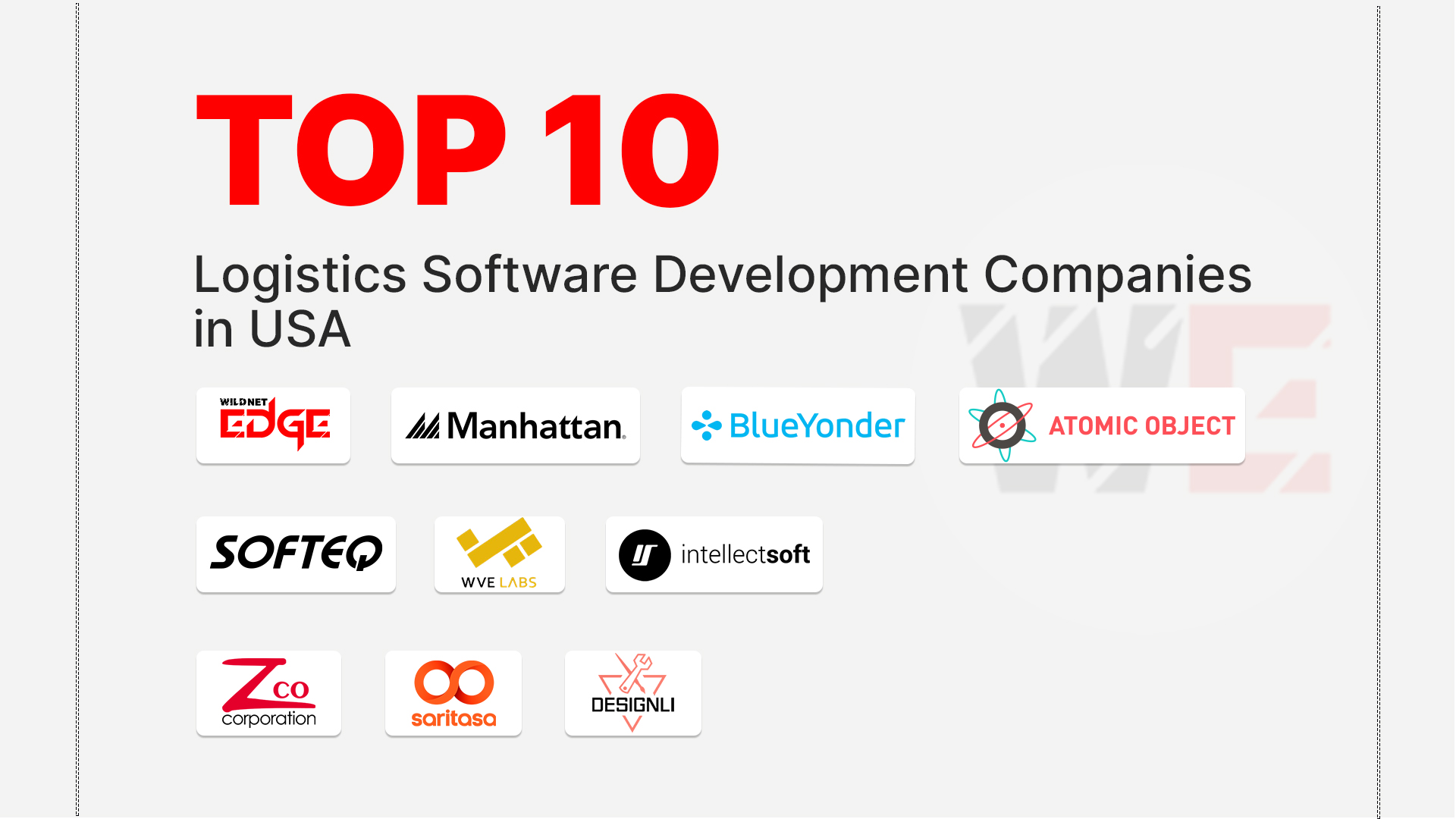TL;DR
This article explores the rise of deep tech innovation—technology driven by scientific breakthroughs rather than business models. It highlights AI as the core engine powering fields like biotech and robotics. From generative AI in R&D to industrial solutions like digital twins and predictive maintenance, deep tech is fueling digital transformation. For business leaders, embracing deep tech innovation is now a strategic necessity to gain lasting competitive advantage.
In 2026, the technology landscape has shifted. For years, the focus was on apps and business models software that made life more convenient. Now, the next great wave is upon us: a move back to foundational, scientific breakthroughs. This is the world of deep tech innovation, and artificial intelligence is not just a part of it; it is the central engine powering it forward. This guide explores how this new wave of deep tech technology is moving from research labs to real-world business applications.
What is Deep Tech Innovation?
Deep tech innovation refers to technology built on tangible scientific discoveries or engineering breakthroughs. It’s distinct from “shallow tech,” which often relies on innovating a business model using existing technology (like a new delivery app or social media platform). Deep tech solves fundamental problems.
Think of fields like:
- Advanced artificial intelligence and machine learning
- Biotechnology and genomics
- Quantum computing
- Advanced materials and material science
- Autonomous robotics and drones
These fields are R&D-heavy, capital-intensive, and have a much longer-term impact, as noted by firms like McKinsey. This focus on foundational science is what makes deep tech innovation so transformative.
AI as the Great Enabler of Deep Tech
Artificial intelligence is the thread that connects and enables most other deep tech fields. It’s the “brain” that analyzes the unprecedented volumes of complex data generated by these new technologies. For example, AI is needed to:
- Analyze the massive datasets from genomic sequencing in biotech.
- Find patterns in quantum experiments.
- Control the complex systems of an autonomous robot.
- Design and simulate new materials at a molecular level.
True deep tech innovation often relies on AI to make sense of its discoveries, make predictions, and automate complex tasks.
AI Innovation Trends: The Heart of Emerging Innovation 2026
Current AI innovation trends are pushing the boundaries of what’s possible. These are not just minor changes; they are key digital transformation trends that are reshaping entire industries.
Generative AI for R&D and Material Science
Generative AI, the same technology that creates text and images, is now being used to design novel outputs at a molecular level. Scientists and engineers are using it to invent new molecules for pharmaceuticals, design custom proteins, and discover advanced materials with specific properties (e.g., lighter, stronger, more conductive). This application of deep tech technology accelerates research and development cycles exponentially.
Advanced Predictive Analytics
The ability of AI to analyze millions of data points is accelerating drug discovery at an unprecedented rate. AI models can predict how a new drug will interact with the human body, drastically reducing R&D time. In diagnostics, AI can detect diseases like cancer from medical scans with superhuman accuracy. This same predictive power is being used to model complex climate systems and financial markets. This kind of AI-driven product development is a hallmark of modern deep tech.
Autonomous Systems and Robotics
From self-driving vehicles and autonomous delivery drones to fully automated “dark factories,” AI provides the real-time decision-making capabilities. This emerging innovation 2026 uses computer vision and reinforcement learning to navigate and interact with the physical world, forming the backbone of advanced industrial AI solutions.
Practical Applications: Industrial AI Solutions
How does deep tech technology look in the real world? Industrial AI solutions are already delivering massive value in established sectors.
Predictive Maintenance and Digital Twins
AI models analyze data from IoT sensors on industrial machinery (like jet engines or factory equipment) to predict failures before they happen. This is a key part of the broader digital transformation trends. This allows companies to move from costly reactive repairs to efficient, predictive maintenance, saving millions in downtime.
AI-Powered Quality Control
In advanced manufacturing, computer vision systems powered by deep learning models can sit on an assembly line and spot microscopic defects in products (like microchips or textiles) traveling at high speed. This is a practical example of deep tech innovation in action, offering a level of quality control that is far beyond human capability.
Supply Chain and Logistics Optimization
AI is used to optimize global supply chains, a core challenge for many businesses. These systems can forecast demand with incredible accuracy, optimize shipping routes in real time to account for weather and traffic, and automate complex warehouse logistics. These solutions are often large-scale, critical systems that fall under the umbrella of enterprise app development.
Deep Tech Innovation in Action: Case Studies
Case studies show how this emerging innovation 2026 is already delivering value.
Case Study 1: A Biotech Firm Accelerating Drug Discovery
- The Challenge: A pharmaceutical startup needed to screen millions of potential molecular compounds to find a viable candidate for a new drug, a process that traditionally takes years.
- Our Solution: We helped them develop an AI platform that used machine learning to simulate molecular interactions and predict the efficacy and potential side effects of compounds in silico (on the computer).
- The Result: The platform narrowed millions of possibilities down to a few dozen high-probability candidates in just six months. This type of deep tech innovation reduced R&D costs by an estimated 40% and dramatically accelerated their time-to-market.
Case Study 2: A Manufacturing Company Automating Quality Control
- The Challenge: A high-volume electronics manufacturer was experiencing significant losses from tiny, hard-to-detect defects in its microchips. Manual inspection was slow and unreliable.
- Our Solution: We implemented a computer vision solution using high-speed cameras and a custom-trained deep learning model. The AI system inspects every chip on the assembly line in real-time, identifying defects smaller than a human hair. These powerful, tailored systems are a prime example of custom software solutions.
- The Result: This use of industrial AI solutions improved defect detection by 99.8% and increased production line throughput by 15%. This is one of the AI innovation trends driving real value.
Our Technology Stack for Deep Tech Solutions
Building deep tech innovation requires a robust, high-performance stack.
- AI & Machine Learning: Python, TensorFlow, PyTorch, Scikit-learn, Keras
- Data Processing: Apache Spark, Databricks, Kafka
- Cloud Platforms: AWS (SageMaker, IoT), Microsoft Azure (Azure ML, IoT Hub), Google Cloud (AI Platform)
- DevOps/MLOps: Kubernetes, Kubeflow, MLflow, Docker
- Computer Vision: OpenCV
Conclusion
Ultimately, deep tech innovation is the true frontier of progress. The most impactful AI innovation trends are not just simple apps but solutions that solve fundamental, complex problems. These industrial AI solutions are what will define the next decade of technology, representing the most significant emerging innovation 2026.
Ready to transform your industry? Connect with Wildnet Edge today. Our AI-first approach is designed to tackle the complexities of deep tech innovation. We partner with you as part of our comprehensive digital transformation services, navigating the latest trends to build the intelligent, groundbreaking solutions that will become your competitive advantage.
FAQs
Standard “high tech” often refers to business model innovations or applications built on existing digital infrastructure (e.g., a new SaaS app or e-commerce platform). Deep tech innovation, in contrast, is rooted in a fundamental scientific discovery or a difficult-to-replicate engineering breakthrough.
AI, specifically machine learning, is the tool that makes sense of the massive, complex datasets generated by other deep tech fields. For example, AI can analyze genomic sequences or simulate molecular interactions in biotech at a speed and scale impossible for humans, accelerating the pace of discovery.
The primary risks are longer R&D timelines, higher upfront capital investment, and navigating “technical uncertainty” (i.e., the risk that the scientific breakthrough may not be viable or scalable). It is a higher-risk, higher-reward endeavor than typical software development.
The best way to start is with a defined, high-value problem. Focus on an area like quality control or machine downtime. Partnering with an expert vendor for a pilot project or a “proof of concept” is a common first step to test the technology and prove the ROI before a large-scale rollout.
While in-house R&D teams often have advanced degrees, you don’t necessarily need to hire them directly to get started. Partnering with a specialized AI development company or a deep tech technology firm allows you to “rent” this expertise, which is often a more flexible and cost-effective approach for initial projects.
The emerging innovation 2026 landscape is largely defined by the application of today’s advanced AI (like generative models and sophisticated predictive analytics) to solve real-world physical and biological problems, moving AI from a purely digital tool to one that impacts the physical world.
Many digital transformation trends in the past (like moving to the cloud) built the necessary foundation. Deep tech is the next step. It uses that digital foundation to fundamentally reinvent core processes (e.g., moving from reactive maintenance to AI-powered predictive maintenance), which is the deepest form of transformation.

Nitin Agarwal is a veteran in custom software development. He is fascinated by how software can turn ideas into real-world solutions. With extensive experience designing scalable and efficient systems, he focuses on creating software that delivers tangible results. Nitin enjoys exploring emerging technologies, taking on challenging projects, and mentoring teams to bring ideas to life. He believes that good software is not just about code; it’s about understanding problems and creating value for users. For him, great software combines thoughtful design, clever engineering, and a clear understanding of the problems it’s meant to solve.
 sales@wildnetedge.com
sales@wildnetedge.com +1 (212) 901 8616
+1 (212) 901 8616 +1 (437) 225-7733
+1 (437) 225-7733































